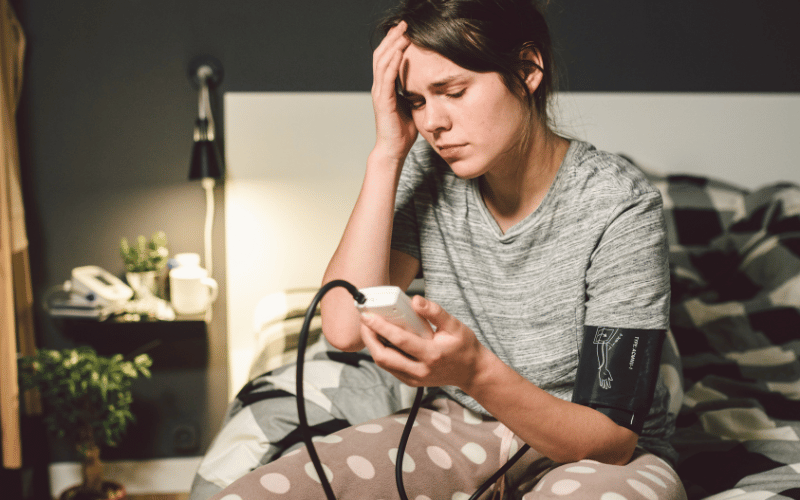8. High Blood Pressure: The Silent Intruder

While men with sleep apnea often have noticeable symptoms like loud snoring or gasping for air, women frequently present subtler, sometimes even silent symptoms. One such stealthy symptom is high blood pressure, often discovered during routine check-ups, much to the surprise of many women.
Blood pressure doesn’t rise in a vacuum; there’s always a reason. During episodes of sleep apnea, your body is momentarily starved for oxygen. To compensate, your heart pumps harder, trying to distribute as much oxygen-rich blood as it can. Over time, this extra exertion can lead to a steady increase in blood pressure.
However, the intrigue doesn’t stop there. High blood pressure has a devious way of leading you into a false sense of control. You might think, “I’m managing it with medication; what’s the big deal?” But medication doesn’t address the root issue if sleep apnea is the culprit. Your body’s internal clock is still off, wreaking havoc on your circadian rhythms and thereby affecting various other physiological functions.
And then there’s the mysterious world of epigenetics. Emerging research suggests that environmental factors, including chronic stress from sleep disturbances, can influence the expression of genes related to blood pressure. So, high blood pressure linked to sleep apnea isn’t just a current symptom; it’s a peek into a future of heightened cardiovascular risks. (8)